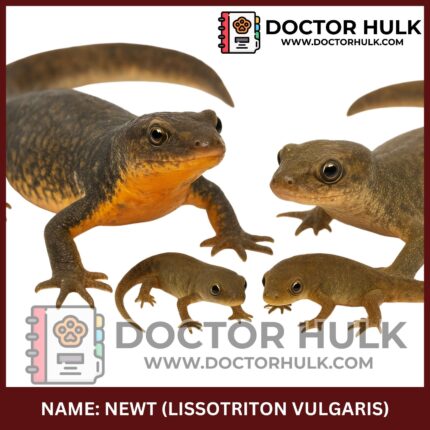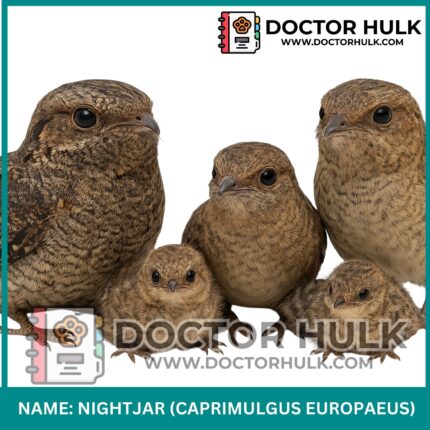One of Africa’s most powerful and respected animals is the Nile Crocodile. This strong reptile is famous for its size, hunting skills, and ancient roots. It is feared by many, but it also plays a very important role in nature.
Scientific Classification
-
Kingdom: Animalia
-
Phylum: Chordata
-
Class: Reptilia
-
Order: Crocodylia
-
Family: Crocodylidae
-
Species: Crocodylus niloticus
The Nile crocodile is one of the largest crocodile species in the world, and the biggest in Africa.
Common Names
-
Nile Crocodile
-
African Crocodile
-
In some local African languages, it has nicknames linked to rivers, spirits, or strength.
Geographic Distribution
The Nile crocodile is found across much of sub-Saharan Africa:
-
Rivers and lakes in Nigeria, Egypt, Kenya, South Africa, Uganda, and more
-
Swamps, marshes, and water holes
-
Sometimes found near dams and irrigation canals
It prefers freshwater, but it can also survive in slightly salty water.
Physical Characteristics
The Nile crocodile is a heavy-bodied reptile with thick skin, sharp teeth, and a long tail.
-
Length: Up to 6 meters (20 feet) in some males
-
Weight: Can reach over 900 kg
-
Skin: Dark olive, grey, or brown, with tough, bumpy scales
-
Eyes and nostrils are on top of the head, to help it breathe while mostly underwater
 Image showing an adult Nile crocodile basking on a riverbank (Source:Britannica)
Image showing an adult Nile crocodile basking on a riverbank (Source:Britannica)
Species and Comparisons
There is only one species of Nile crocodile, but it may vary in size and color based on region. It is often confused with other species.
Nile Crocodile vs Saltwater Crocodile
| Feature | Nile Crocodile | Saltwater Crocodile |
|---|---|---|
| Habitat | Freshwater rivers, lakes | Oceans, salty rivers |
| Location | Africa | Asia, Australia |
| Size | Up to 6 m | Can exceed 7 m |
| Behavior | Aggressive | More aggressive |
Fun facts about Nile Crocodiles
-
They have 80 sharp teeth that get replaced as they wear out.
-
Their eyes have a special “third eyelid” to see underwater.
-
Their bite is one of the strongest in the animal kingdom.
-
Mother crocodiles carry babies in their mouths to the water.
-
Ancient Egyptians worshiped crocodiles as sacred animals.
Importance to Humans
The Nile crocodile is both feared and respected by people in Africa.
Positive Roles:
-
Helps control fish populations and keep river systems healthy.
-
Its skin is used in leather industries (in licensed farms).
-
Studied by scientists for powerful immune system and healing.
Risks:
-
It can be dangerous to livestock and humans, especially near riverbanks
-
Known for being aggressive if disturbed or hungry
People living near crocodile habitats should always be careful around water.
Health & common issues
Nile crocodiles are wild animals and are rarely seen in vet hospitals. However, in wildlife rescue or farm settings, they may face:
-
Infections from wounds or bites
-
Parasites in the skin or intestines
-
Stress when kept in poor conditions
-
Injuries from fights with other crocodiles or humans
Veterinary care is often provided in zoological parks or conservation centers.
Conservation Status
-
Status: Least Concern (but locally threatened in some areas)
-
Threats: Habitat destruction, pollution, illegal hunting, and revenge killings by locals
Some countries protect crocodiles through laws and wildlife reserves. Licensed farms are also used to reduce pressure on wild populations.
For more interesting animal facts or to report injured wildlife, always feel free to contact us at Doctor Hulk Veterinary Hospital, or call 08143397614.
















Reviews
There are no reviews yet.